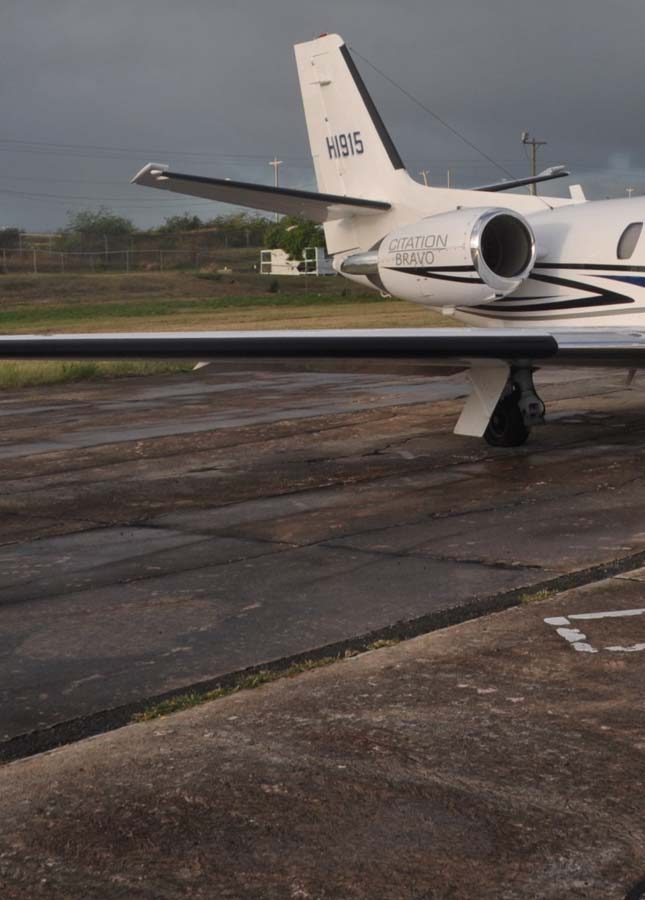1. Introduction
St. Georges V. C. Bird International Airport (ANU) serves as the primary gateway to the sun-kissed paradise of Antigua and Barbuda. It handles over 800,000 passengers annually, connecting the islands to the Caribbean, North America, and Europe. Named after the nation’s first Prime Minister, ANU thrives as a vital economic hub and tourism lifeline.
2. Location
ANU proudly sits on the northeast coast of Antigua, a mere 8km from the vibrant capital city, St. John’s. Its convenient location near stunning beaches and resorts allows travelers to seamlessly transition from airport arrival to island bliss.
3. History
Originally known as Coolidge Airfield, ANU served as a U.S. military base during World War II. In 1946, it transitioned to civilian use, steadily evolving into a bustling international airport. 2005 marked a significant milestone with the opening of a modern terminal, solidifying ANU’s position as a premier Caribbean gateway.
4. Facilities
ANU boasts a spacious terminal equipped with modern amenities. Passengers can navigate through check-in counters, self-service kiosks, and baggage claim with ease. Duty-free shops, restaurants, and VIP lounges cater to diverse needs, while complimentary Wi-Fi keeps everyone connected.
5. Airlines and Destinations
A diverse array of airlines like LIAT, American Airlines, and British Airways connect ANU to over 50 destinations across the Americas and Europe. From vibrant Miami to picturesque Toronto, the world awaits just beyond ANU’s gates.
6. Transportation Infrastructure
Rental car counters, taxi stands, and public buses ensure smooth onward travel from ANU. A new terminal access road further enhances connectivity to St. John’s and beyond, streamlining the post-arrival experience.
7. Cargo Operations
ANU plays a crucial role in Antigua and Barbuda’s economy, serving as a vital cargo hub. With dedicated facilities and efficient handling processes, the airport facilitates the import and export of goods, supporting local businesses and industries.
